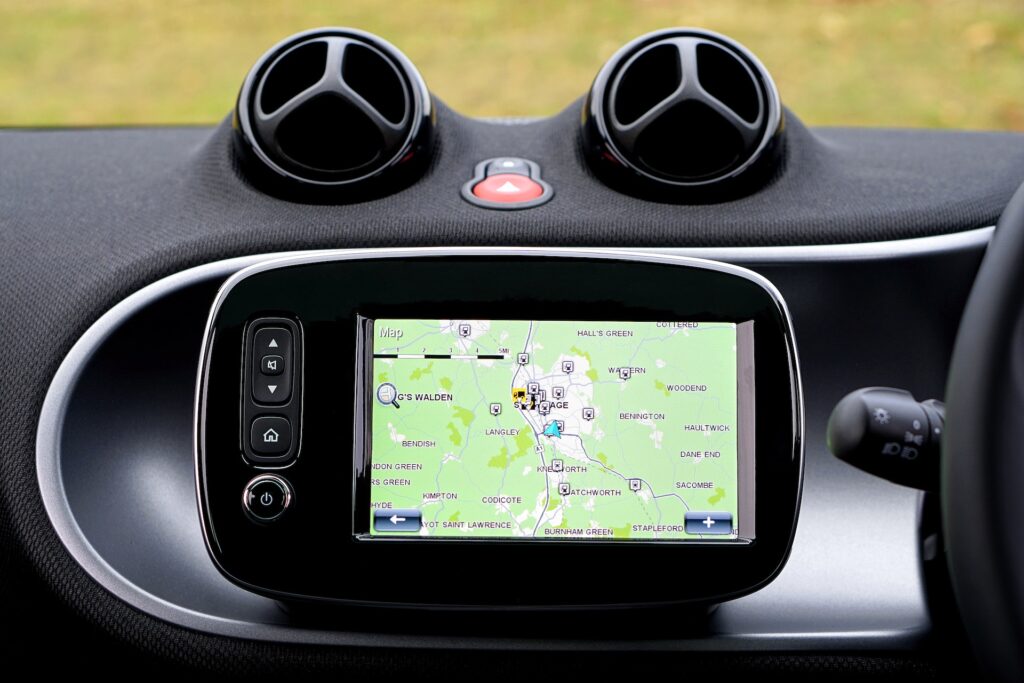GPS (Global Positioning System) technology has become an indispensable part of our lives, from providing directions while driving to tracking our fitness activities. However, GPS technology was initially developed by the military for navigation purposes. Over time, GPS technology has evolved and become mainstream, with numerous applications in various fields. In this article, we will explore the evolution of GPS technology, from its military roots to its current widespread use.
GPS Technology and its Origins
GPS technology is a satellite-based navigation system that provides accurate location and time information anywhere on Earth. It was first developed by the United States Department of Defense in the 1970s for military purposes. The GPS system is made up of a network of 24 satellites that orbit the Earth and transmit signals to GPS receivers on the ground.
GPS Technology in the Military
GPS technology was initially developed for the military to provide accurate navigation and tracking capabilities. The military used GPS technology to guide missiles and bombs to their targets, track enemy movements, and coordinate troop movements. The US military first used GPS technology in combat during the Gulf War in 1991.
GPS Technology Goes Mainstream
In the 1980s, the US government decided to make GPS technology available to the public. The first GPS receiver available to the public was the Magellan NAV 1000, which was released in 1989. However, early GPS receivers were expensive and had limited functionality.
GPS Technology in Navigation Systems
One of the earliest applications of GPS technology in the civilian world was in navigation systems for cars and boats. GPS navigation systems use GPS technology to determine the user’s location and provide turn-by-turn directions to their destination. Today, GPS navigation systems are commonly found in cars, trucks, and boats.
GPS Technology in Smartphones
GPS technology has also become a standard feature in smartphones. GPS allows smartphones to provide location-based services, such as finding nearby restaurants or giving directions to a destination. GPS technology has also enabled the development of numerous mobile apps, such as fitness trackers, geocaching apps, and augmented reality games.
GPS Technology in Fitness Devices
GPS technology has become an essential feature in fitness devices, such as smartwatches and fitness trackers. GPS allows these devices to track the user’s location, speed, and distance traveled during physical activities such as running, cycling, and hiking. GPS technology has also enabled the development of advanced fitness metrics, such as VO2 max and cadence.
GPS Technology in Agriculture
GPS technology has revolutionized the agricultural industry by enabling precision farming. GPS allows farmers to precisely track their equipment’s movements, plant seeds in specific locations, and apply fertilizer and pesticides only where needed. Precision farming has resulted in increased crop yields and reduced environmental impact.
GPS Technology in the Automotive Industry
GPS technology has become a standard feature in modern cars. GPS allows cars to provide real-time traffic updates and reroute drivers to avoid congestion. GPS technology has also enabled the development of advanced safety features, such as lane departure warnings and collision avoidance systems.
GPS Technology in Aviation
GPS technology has become an essential part of modern aviation. GPS allows pilots to accurately navigate to their destinations and avoid dangerous weather conditions.


